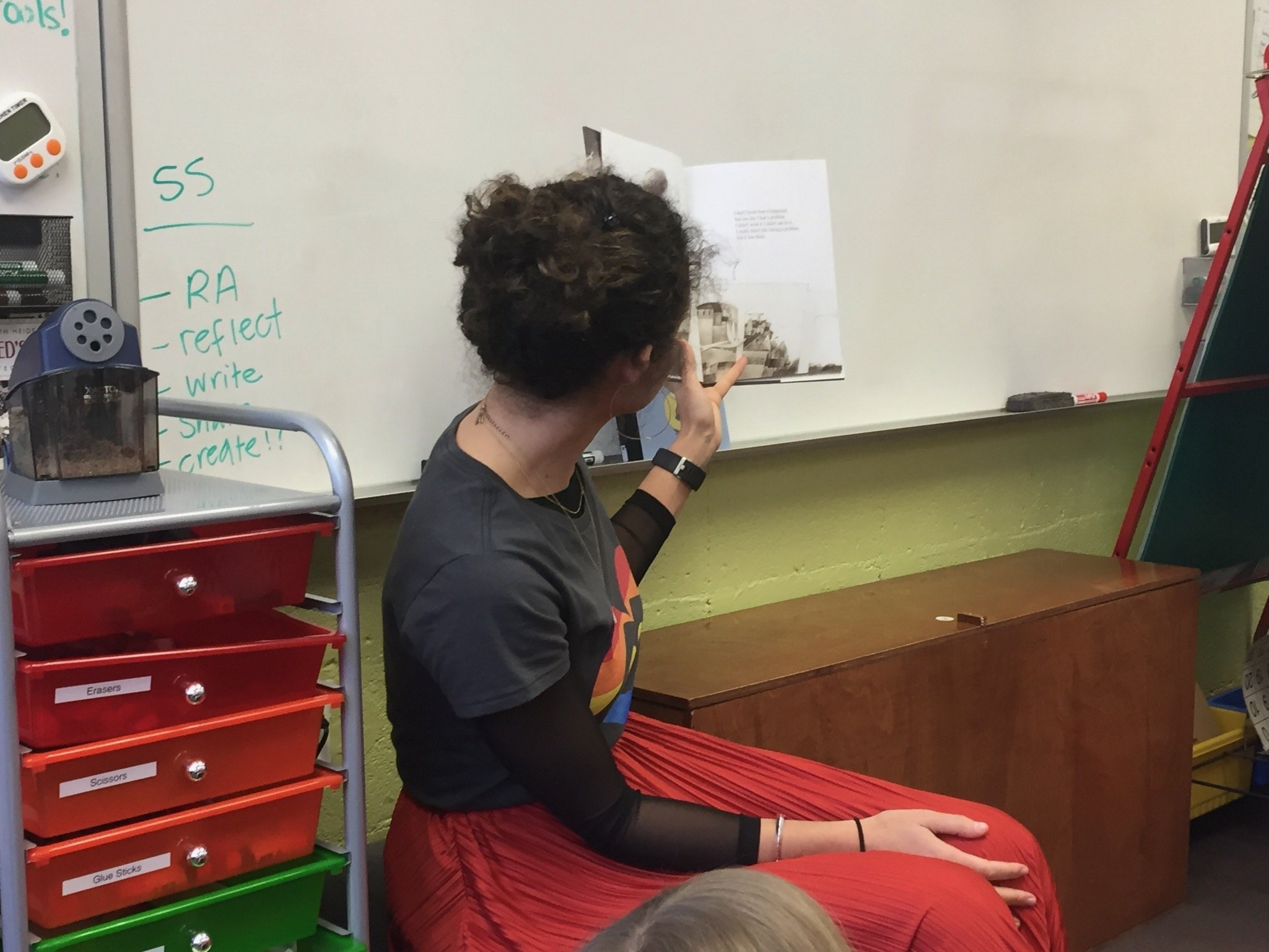Refreshing Routines to Revisit for the New Year
Happy New Year (to everyone, but especially teachers who are welcoming students back from break!). Below are some routines to keep you afloat as we re-enter school and get through the winter together.
Morning Meeting - the start of the day is everything.
Bringing back a game they loved back in September (to them, and us! Feels like ages away) is like returning back to a nice friend you know well. Still fun, but predictable and no one has to be stressed about new rules.
Reminding students of how far you have come from the beginning of the year when you were all learning these new routines (and each other’s names!).
Read aloud! (after returning from recess or lunch, preferably)
Starting the New Year with a new read aloud book if it lands there for you is very helpful to us. Catching ourselves (and our students) into a story is always a soft place to land (can you cover those fluorescent lights?!) and a way to have collective calm and ways to talk about our feelings (and relate them to characters) when things are chaotic.
Kudos
With all of the goals of a new year and being better and better and progress etc. We lean hard on our affirmations, compliments, and kudos type routines. The Winter Doldrums and overall glum/irritability/ worn off veneer of Fall beginning of the year... all of this makes it even more important to say something nice every day.
Buddy time! -if you have them.
The time to connect with older/younger students, read books, make art.. We know so many schools and teachers and pandemic times make this challenging or impossible. If it is something you can swing, it is a sweet and clutch time for all parties. There’s so many different students (in both sets of buddy grades!) that end up needing/benefiting from this in such important ways. Sweet moments to shine and connect.
Gabby specific (although Nina came to games sometimes!) - Basketball!
Or other indoor sports/activities to be excited about. The schedule and getting excited about upcoming games is such a boon of a routine. Basketball (and coaching our girls) was always the thing that kept me afloat during Winter. It is indoors, it is squeaky, the comradery and community of everyone cheering... being a part of something and sharing school pride/celebrating their peers who get to shine in a different arena (or being the kid who shines)!
Help me on this one! : Dismissal
Dismissal is one piece that I still don’t feel I have a full handle on and Winter dismissal is just an added nightmare because of all the coats, gloves, jackets etc. We had everyone sit at their desks and we’ve tried closing meetings but it is always rushed and slightly chaotic. Pick up is chaotic. What tips do you have for a calm closing end of the day routine/system? Please share!!!







